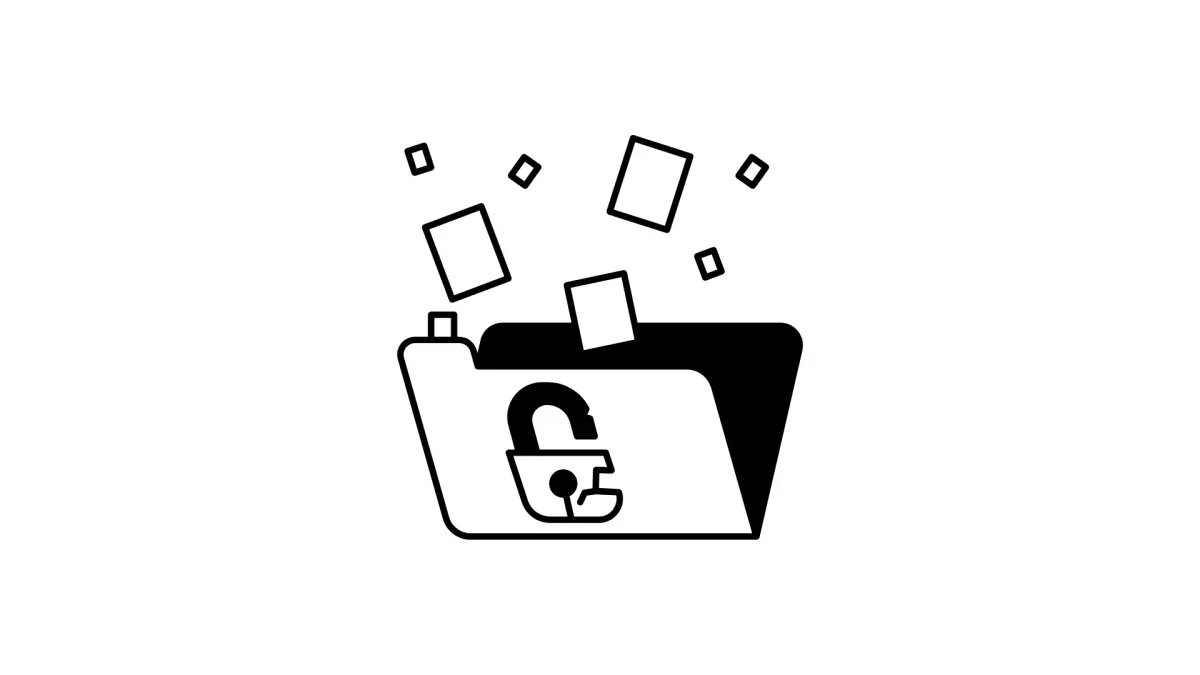The Role of Web Servers in Preventing Data Breaches
Web servers play a vital role in preventing data breaches. Learn to identify vulnerabilities, secure configurations, implement encryption, and monitor for threats. Explore case studies and best practices to protect sensitive data and stay ahead of cyberattacks.

Table of Contents
- Introduction
- Understanding Data Breaches
- Web Server Vulnerabilities that Lead to Breaches
- Best Practices for Web Server Security
- The Role of Encryption in Protecting Data
- Monitoring and Logging for Breach Prevention
- Web Application Firewalls (WAF) and DDoS Protection
- Data Access Control and Least Privilege
- Backup and Disaster Recovery for Breach Response
- Emerging Technologies for Web Server Security
- Case Studies: Successful Breach Prevention via Web Server Security
- Conclusion
- FAQs
Data breaches are a nightmare for any organization. They lead to financial losses, damage to reputation, and loss of user trust. In many cases, the web server is the first line of defense—or the weakest link. Let’s explore how web servers can play a crucial role in preventing data breaches and protecting sensitive information.
Introduction
Why Data Breaches are a Growing Concern
With businesses going digital and storing massive amounts of sensitive data, attackers are more motivated than ever. From personal details to financial records, the stakes are high.
How Web Servers Play a Critical Role in Data Security
Web servers handle the flow of data between users and applications. A secure server can stop threats before they reach critical systems.
Understanding Data Breaches
Common Causes of Data Breaches
- Weak Passwords: Easy-to-guess credentials.
- Phishing Attacks: Exploiting user trust.
- Exploiting Server Vulnerabilities: Using unpatched flaws to gain access.
Real-World Examples of Server-Related Breaches
- Equifax Breach (2017): Caused by an unpatched Apache Struts vulnerability.
- Panera Bread Leak (2018): Sensitive customer data exposed due to misconfigured servers.
Web Server Vulnerabilities that Lead to Breaches
Misconfigured Servers
Default settings often leave doors open for attackers. Examples include unnecessary open ports or directory listing enabled.
Unpatched Software and Known Exploits
Outdated server software can be a goldmine for hackers, as vulnerabilities are often publicly documented.
Weak Authentication Mechanisms
Using simple passwords or lacking multi-factor authentication (MFA) makes it easier for attackers to gain unauthorized access.
Best Practices for Web Server Security
Regular Updates and Patch Management
- Update server software and operating systems regularly.
- Use automated tools to apply security patches.
Implementing Secure Authentication and Authorization
- Enforce strong password policies.
- Require MFA for administrative access.
Hardening Server Configurations
- Disable unused services and ports.
- Implement firewalls to block unauthorized access.
The Role of Encryption in Protecting Data
Enabling SSL/TLS for Data Transmission
- Always use HTTPS to encrypt data in transit.
- Free SSL certificates like Let’s Encrypt make this easy to implement.
Encrypting Stored Data to Mitigate Breach Impact
- Encrypt sensitive data at rest so even if attackers gain access, they can’t read it.
Monitoring and Logging for Breach Prevention
Using Logs to Detect Suspicious Activity
Monitor logs for patterns like repeated login attempts or access from unusual IPs.
Setting Up Real-Time Alerts for Anomalies
Tools like Fail2Ban or Graylog can notify you of suspicious activities in real time.
Web Application Firewalls (WAF) and DDoS Protection
How WAFs Block Malicious Requests
Web Application Firewalls filter and block harmful traffic, like SQL injections or cross-site scripting (XSS).
Preventing Resource Exhaustion with DDoS Mitigation
Use services like Cloudflare or AWS Shield to prevent distributed denial-of-service (DDoS) attacks.
Data Access Control and Least Privilege
Restricting Access to Sensitive Data
Limit access to critical files and directories based on roles.
Implementing Role-Based Access Control (RBAC)
Assign permissions based on user roles to minimize unnecessary access.
Backup and Disaster Recovery for Breach Response
Regular Backups to Minimize Data Loss
Backups ensure that even if data is lost or compromised, it can be restored quickly.
Preparing a Breach Response Plan
Have a clear plan to identify, contain, and recover from breaches to minimize damage.
Emerging Technologies for Web Server Security
AI and Machine Learning for Threat Detection
AI-driven tools analyze traffic patterns and detect anomalies more efficiently than manual monitoring.
Zero Trust Architectures and Their Benefits
Zero Trust models verify every request, assuming no user or device is inherently trustworthy.
Case Studies: Successful Breach Prevention via Web Server Security
Real-World Examples of Prevented Attacks
- A healthcare provider stopped a ransomware attack by using real-time log monitoring and firewalls.
- An e-commerce platform mitigated DDoS attacks with advanced rate-limiting techniques.
Lessons Learned from Industry Leaders
- Proactive measures like regular audits and AI-based monitoring significantly reduce breach risks.
Conclusion
Web servers are a critical part of your defense strategy against data breaches. By implementing strong security measures, monitoring activities, and preparing for potential threats, you can significantly reduce the risk of breaches. Remember, prevention is always better than cure.
Take action now to secure your web server and protect your data. Your users—and your business—will thank you for it.
FAQs
What is a data breach, and why is it dangerous?
A data breach occurs when sensitive information is accessed or stolen by unauthorized parties, leading to financial loss and reputational damage.
How can web servers help prevent data breaches?
Web servers prevent breaches by securing data transmission, implementing strong authentication, and monitoring suspicious activities.
What are the most common vulnerabilities in web servers?
Common vulnerabilities include misconfigured servers, outdated software, weak authentication, and lack of encryption.
Why is encryption important for data security?
Encryption ensures that even if attackers access data, they cannot read or misuse it without the decryption key.
What is the role of SSL/TLS in securing a web server?
SSL/TLS encrypts data in transit, protecting sensitive information like login credentials and payment details from being intercepted.



